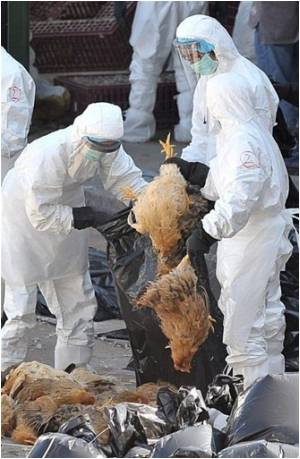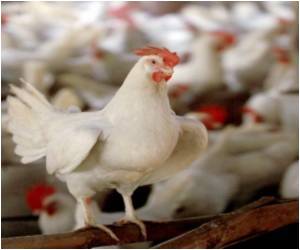
‘At present, the most immediate threat to European Union citizens is to those visiting influenza A(H7N9)-affected areas in China, concludes the updated rapid risk assessment by the European Center for Disease Control.’
Tweet it Now
At present, the most immediate threat to European Union (EU) citizens is to those
living or visiting influenza A(H7N9)-affected areas in China concludes
the updated rapid risk assessment by the European Center for Disease
Control (ECDC). Caution should be taken by people traveling to China to
avoid direct exposure to poultry, live poultry markets or backyard
farms.The recent upsurge of human cases indicates the possibility of imported cases to Europe. However, the risk of the disease spreading within Europe between humans remains low as the virus does not appear to transmit easily from human to human: investigations do not support sustained human-to-human transmission.
Travelers that visited affected areas and develop respiratory symptoms and fever within up to 10 days after their return should consult a physician and inform him/her about their recent travel history to facilitate early diagnosis and treatment.
People in the EU presenting with severe respiratory or influenza-like infection and a history of travel to the affected areas in China - with potential exposure to poultry or live bird markets - will require careful investigation, management and infection control.
Adequate samples for influenza tests should be rapidly taken and processed from patients with relevant exposure history within 10 days preceding symptom onset. Early or presumptive treatment with neuraminidase inhibitors should be considered for suspect or confirmed cases, in line with relevant national and international recommendations. Contacts of confirmed cases should be followed-up and tested. Offering post-exposure prophylaxis should be considered.
Advertisement














